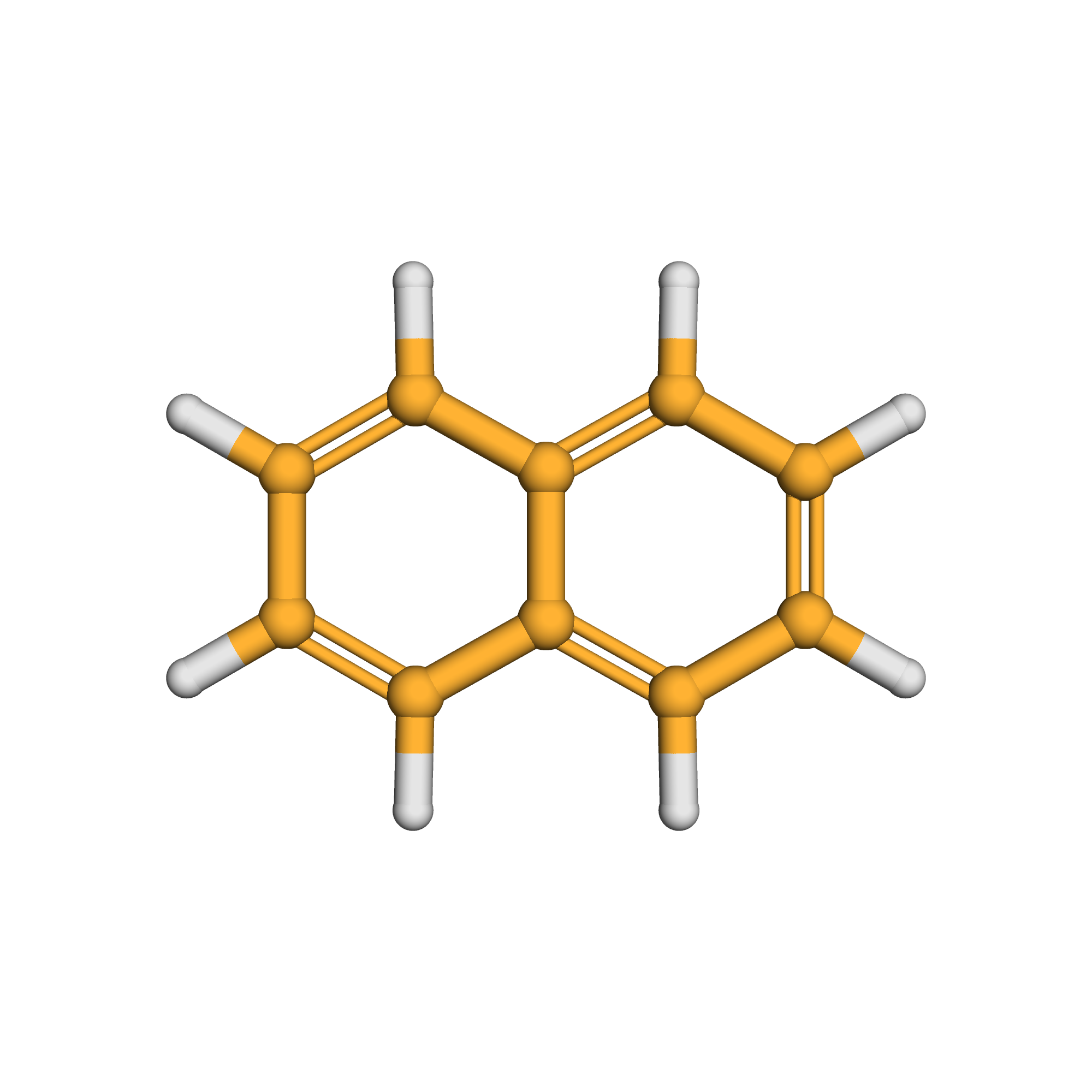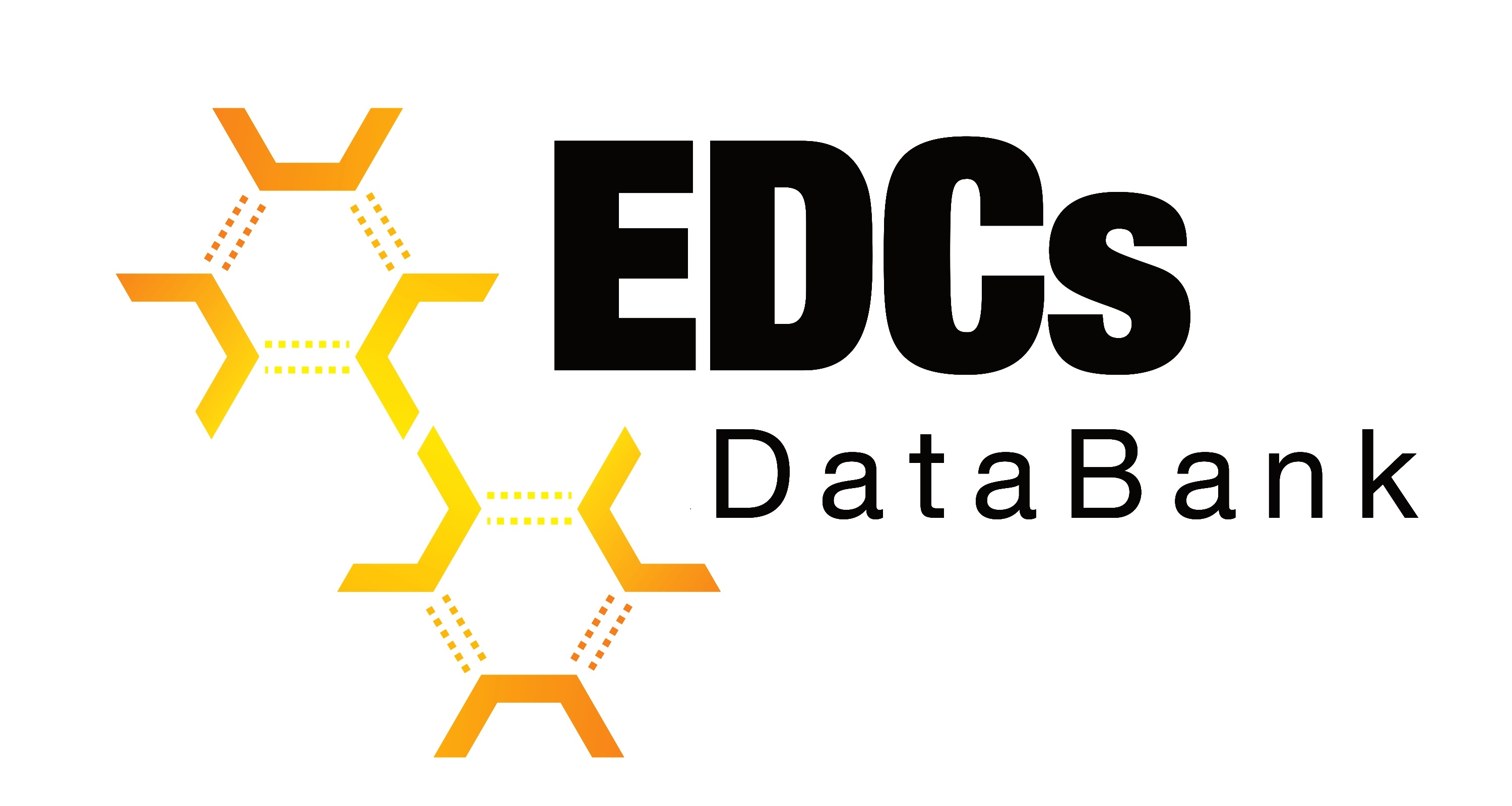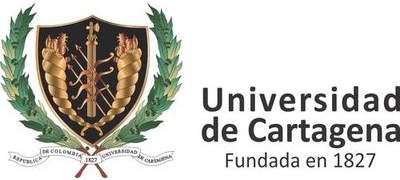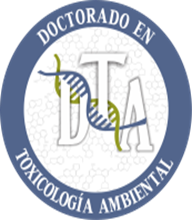naphthalene
Synonyms: "naphthalene", "naphthalin", "naphthene", "Tar camphor", "Camphor tar", "White tar", "Albocarbon", "Naphthaline", "Moth flakes", "Moth balls", "naphtalene", "Dezodorator", "Naftalen", "Mighty 150", "naphtaline", "naphthalen".
Source: naphthalene is used as an antimicrobial, an insecticide, an insectrepellent, an anthelmintic and a vermicide.
Identifiers:
IUPAC Name: naphthalene
CAS Number: 91-20-3
PubChem ID: 931
InChiKey: UFWIBTONFRDIAS-UHFFFAOYSA-N
Canonical SMILES: C1=CC=C2C=CC=CC2=C1
Structural Properties:
Molecular Formula: C10H8
Molecular Weight: 128.174
Pharmacophore Features:
Number of bond donors: 0
Number of bond acceptors: 0
Number of atoms different from hydrogen: 10
Downloads
2D structure (.sdf)
3D structure (.sdf)
3D structure (.mol2)
3D structure (.pdb)
3D structure (.pdbqt)
Search Similar molecules
Evidence Supporting This Chemical as an Endocrine Disruptor
TEDX List of Potential Endocrine Disruptors

Ahmad I, Pacheco M, Santos MA. 2003. Naphthalene-induced differential tissue damage association with circulating fish phagocyte induction. Ecotoxicol Environ Saf 54(1):7-15. DOI: 10.1016/S0147-6513(02)00036-2. URL: http://www.sciencedirect.com/science/article/pii/S0147651302000362.
Evanson M, Van Der Kraak GJ. 2001. Stimulatory effects of selected PAHs on testosterone production in goldfish and rainbow trout and possible mechanisms of action. Comp Biochem Physiol C Toxicol Pharmacol 130(2):249-258. DOI: 10.1016/S1532-0456(01)00246-0. URL: https://www.sciencedirect.com/science/article/pii/S1532045601002460.
Gesto M, Tintos A, Soengas JL, Miguez JM. 2006. Effects of acute and prolonged naphthalene exposure on brain monoaminergic neurotransmitters in rainbow trout (Oncorhynchus mykiss). Comparative Biochemistry and Physiology C-Toxicology and Pharmacology 144(2):173-183. DOI: 10.1016/j.cbpc.2006.08.002. URL: http://www.sciencedirect.com/science/article/pii/S1532045606001876.
Kassotis CD, Klemp KC, Vu DC, Lin CH, Meng CX, Besch-Williford CL, Pinatti L, Zoeller RT, Drobnis EZ, Balise VD, et al. 2015 in press. Endocrine-disrupting activity of hydraulic fracturing chemicals and adverse health outcomes after prenatal exposure in male mice. Endocrinology:en20151375. DOI: 10.1210/en.2015-1375. URL: https://academic.oup.com/endo/article/156/12/4458/2422671.
Kassotis CD, Tillitt DE, Davis JW, Hormann AM, Nagel SC. 2014. Estrogen and androgen receptor activities of hydraulic fracturing chemicals and surface and ground water in a drilling-dense region. Endocrinology 155(3):897-907. DOI: 10.1210/en.2013-1697. URL: https://academic.oup.com/endo/article/155/3/897/2843268.
Pollino CA, Georgiades E, Holdway DA. 2009. Physiological changes in reproductively active rainbowfish (Melanotaenia fluviatilis) following exposure to naphthalene. Ecotoxicol Environ Saf 72(4):1265-1270. DOI: 10.1016/j.ecoenv.2009.01.012. URL: https://www.sciencedirect.com/science/article/pii/S0147651309000232.
Sarojini R, Nagabhushanam R, Fingerman M. 1995. Naphthalene-induced atresia in the ovary of the crayfish, Procambarus clarkii. Ecotoxicol Environ Saf 31(1):76-83. DOI: 10.1006/eesa.1995.1046. URL: https://www.sciencedirect.com/science/article/pii/S0147651385710469?via%3Dihub.
External Links


2D-structure

3D-structure
